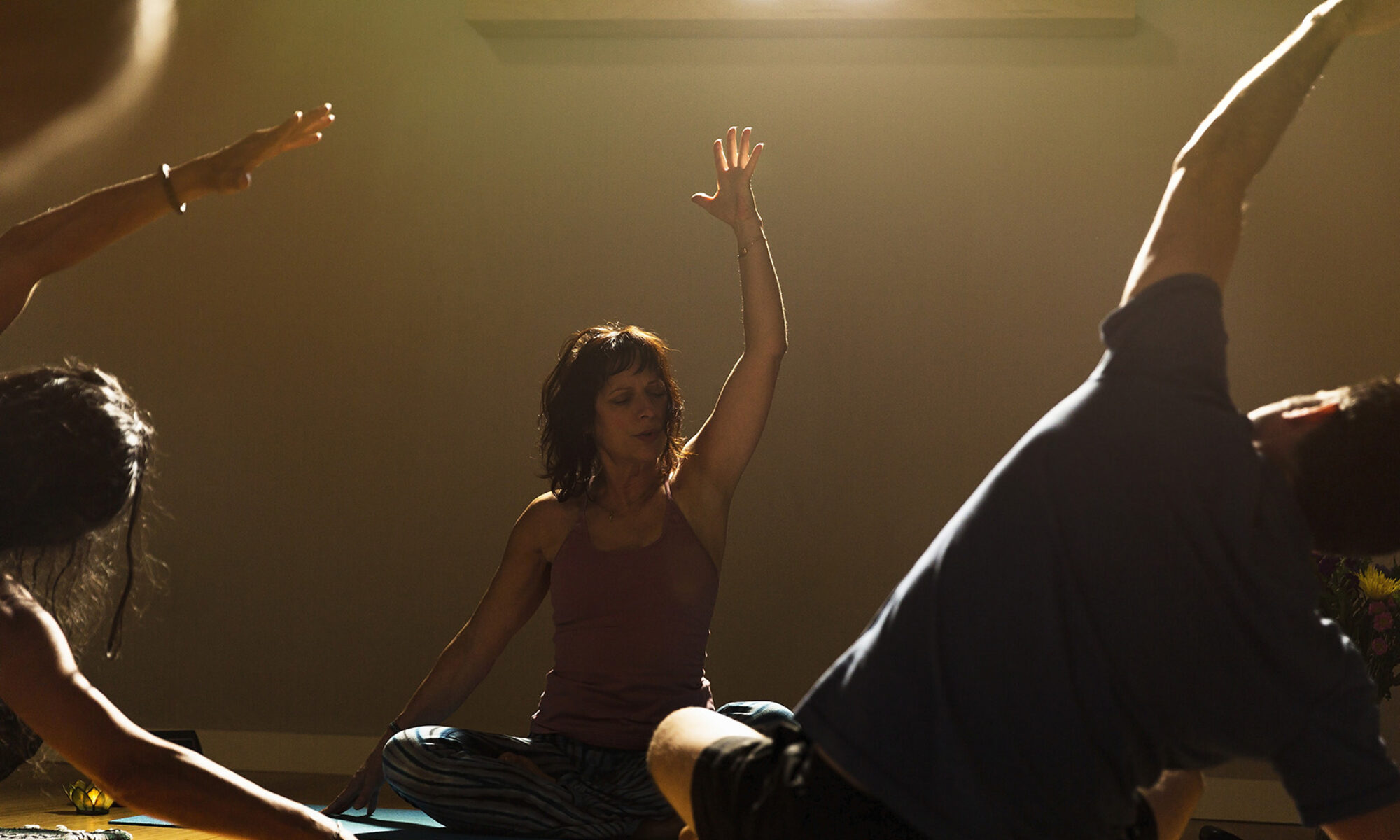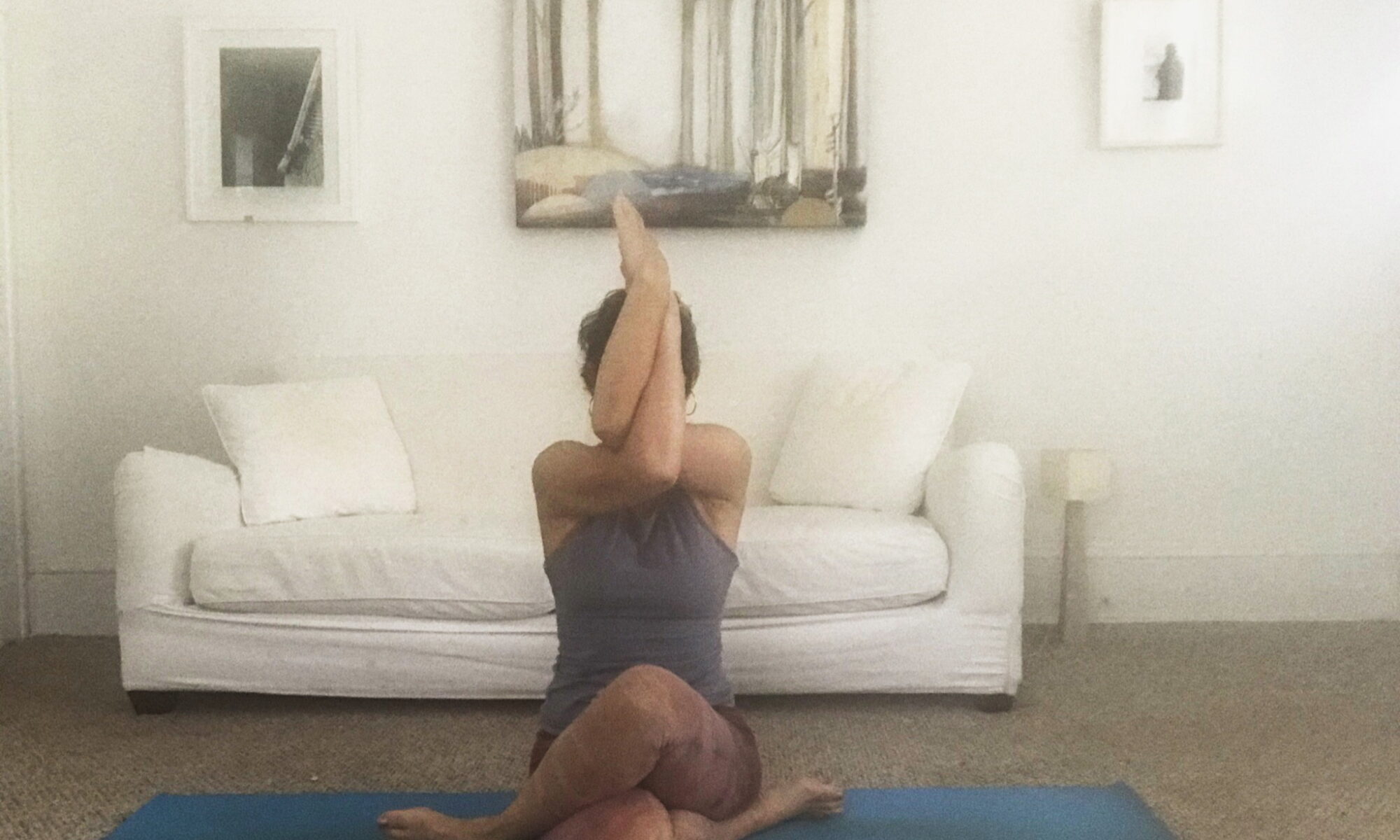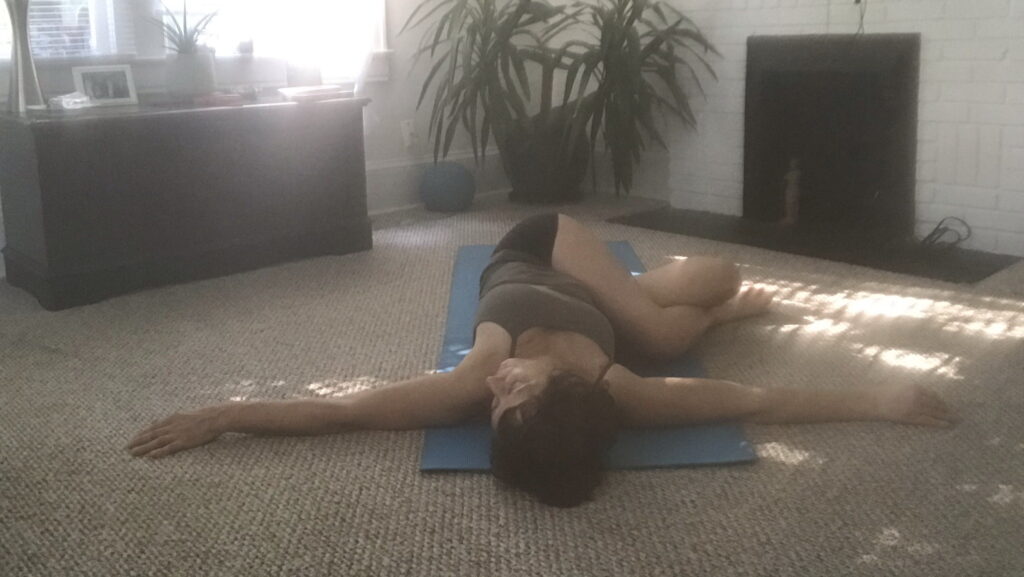Yoga therapy helps us achieve optimal wellness by bridging the distance between ourselves and the body. It relies a lot on the connection between the practitioner and the client. Here’s my vision of this new modality.
When I say I’m a yoga therapist, I often get the same answer: “yoga-what”?
So, what’s yoga therapy? Well, it’s different from “just” yoga because yoga therapy’s sole purpose is to help a person find their way to reach better health–whether physical, emotional or mental–regardless of their fitness level, body type and mobility. Its works in one-on-one private sessions or in (very) small group classes only.
Let’s have a look at the field. We’re just around 3,800 yoga therapists certified by The International Association of Yoga Therapists (IAYT). And that’s in the whole world. So, each of us faces a huge challenge—we’re breaking grounds and making the field. You’re probably wondering what’s IAYT. It’s a non-profit founded in the late 80’s in the Western U.S. by a handful of yogis and doctors. In recent years, the IAYT released training standards for yoga teachers who want to teach yoga therapy and for yoga studios that want to offer a yoga therapy training program. The organization is also working on establishing yoga as a respected and recognized therapy, just like counseling, massage therapy, etc, at the federal level. Yes, we’ve got a long way to go. So, in the meantime, we’re helping our clients heal.
Who can benefit from yoga therapy? About anyone who’s interested in diving deeper in their healing journey: people who want to be present to what is really going on with them, people who are going through anxiety or grief, people who are in post-surgery recovery, cancer patients and survivors, the list goes on.
I’ve started crafting my own yoga therapy practice 16 years ago, long before I became certified. My yoga therapy “protocol” involves a style of yoga I learned from my teacher, Aline Frati, who taught in Paris for 40 years. “We can’t modify anything without the body being deeply relaxed first,” she said. In any given session, I guide my clients into slow movements and deep breathing that’s meant to help them do mainly two things—to relax deeply and to “listen” to their body. When I say “listen to their body”, I mean to feel the body tensions, to become aware of the message(s) these tensions have for us.

I strongly believe that verbal exchange is 100% part of any healing. So, during each session, I also hold space for my clients to name what’s going on with them and what their body tensions are saying, what part of their past these tensions are bringing forward. The verbal exchange is just as important as the yoga practice because one of the most powerful things we can do for our well-being is to share with others experiences that are meaningful to us. For that part, I work under the supervision of Laurent Malterre, a Paris-based licensed psychologist, author and teacher of clinical psychology.
Holding space. Language. Yoga. That’s what’s yoga therapy is about to me.




